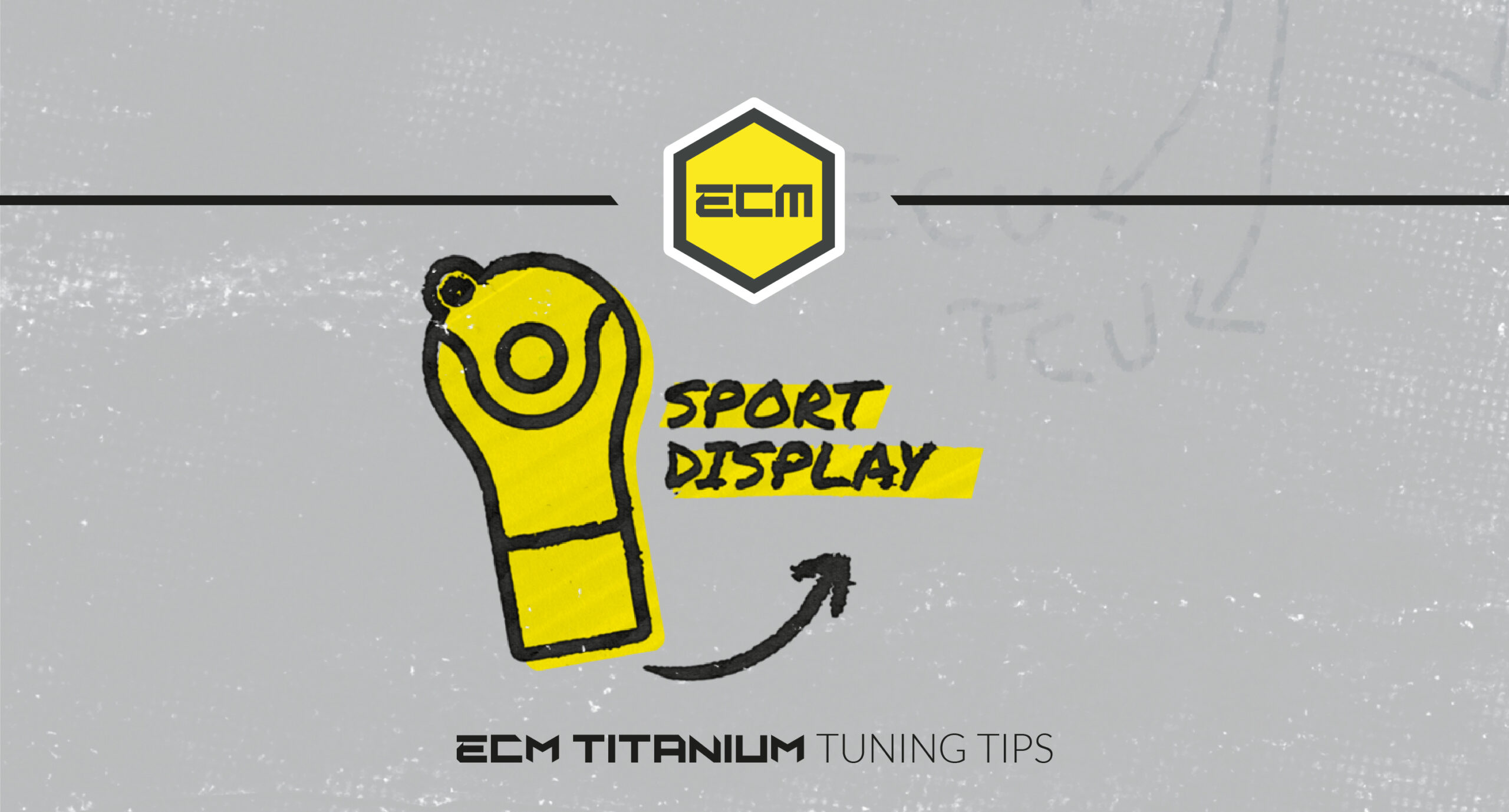
Sport Display Recalibration – ECM Titanium tuning tips
Sport Display Recalibration – ECM Titanium tuning tips
K-SUITE – RELEASE 4.68
New protocols for a safe and effective work on TCMs like TEMIC DQ250 and 500 MQB and Continental VGS2-FDCT, supported by VAG and Mercedes-Benz. You can work in OBD and Service Mode, to give you more possibilities to offer high quality services and professionalism to your customers.
TCUs involved are:
You can work on hundreds of vehicles among Audi, Seat, Skoda, Volkswagen and Mercedes-Benz. Lots of vehicles available for you to work efficiently and safe. You have two solutions: – OBD or Service Mode – according to the needs of your customers and of your work. We are with you to make your work always easier.

New KESSv2 Protocol
Read and write in OBD VR.
| TCU Brand | TCU Version | Vehicle Brand | VR/WR | Mode |
| TEMIC | DQ250MQB | AUDI | √ | OBD |
Read and write in OBD VR.
| TCU Brand | TCU Version | Vehicle Brand | VR/WR | Mode |
| TEMIC | DQ250MQB | SEAT | √ | OBD |
Read and write in OBD VR.
| TCU Brand | TCU Version | Vehicle Brand | VR/WR | Mode |
| TEMIC | DQ250MQB | SKODA | √ | OBD |
Read and write in OBD VR.
| TCU Brand | TCU Version | Vehicle Brand | VR/WR | Mode |
| TEMIC | DQ250MQB | VOLKSWAGEN | √ | OBD |
KESSv2 is an OBD programmer for TCU and ECU
The most versatile tool to read and write through the OBD.
Being easy to use , the highest vehicle compatibility of the field and the constant updates make KESSv2 the most versatile tool to read and write thorugh OBD.
Virtual Reading
Virtual Reading gives you the chance to receive the correct file, with KESSv2 is easy and fast: our tool identifies the ECU automatically, searches for the correct file on our servers and in just a few easy steps downloads the corresponding original file.
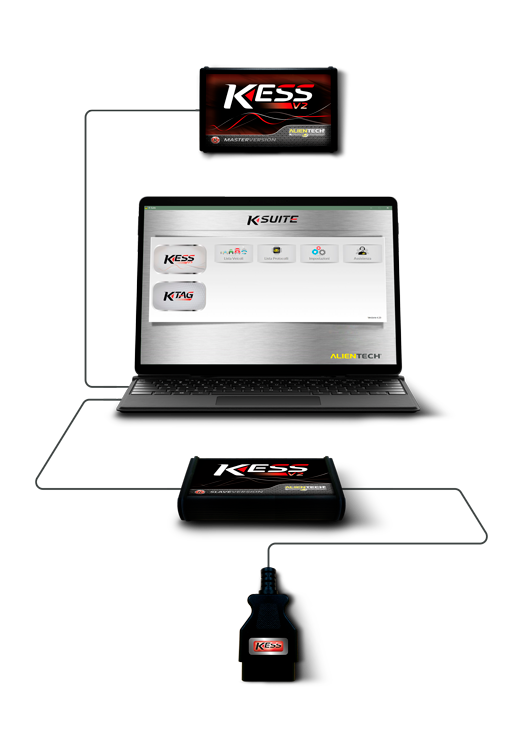
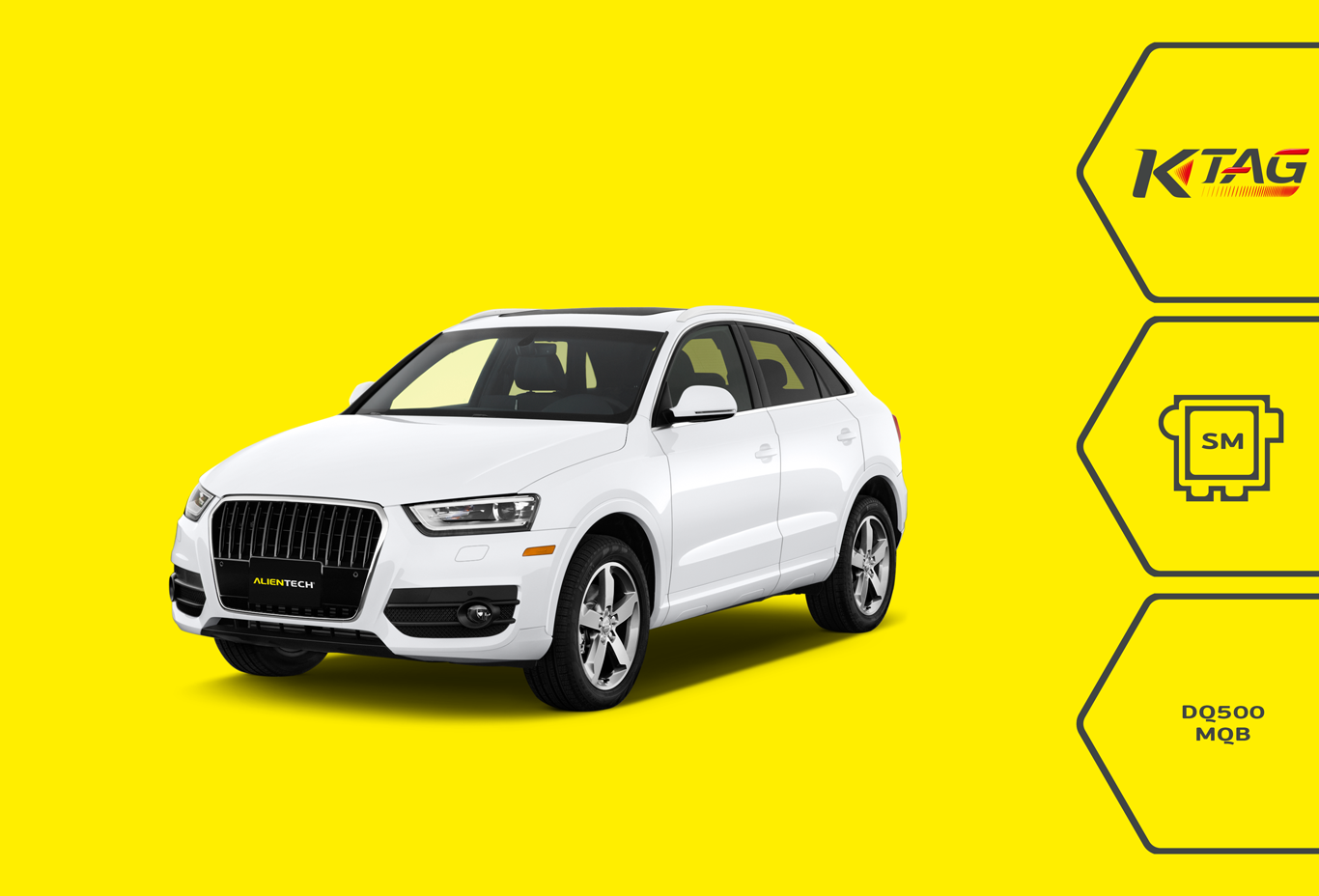
New K-TAG Protocol
Read, write and clone in Service Mode
| TCU Brand | TCU Version | Vehicle Brand | FULL RD/WR | K-TAG Mode |
| TEMIC | DQ500MQB | AUDI | √ | SERVICE MODE |
Read, write and clone in Service Mode
| TCU Brand | TCU Version | Vehicle Brand | FULL RD/WR | K-TAG Mode |
| TEMIC | DQ500MQB | SEAT | √ | SERVICE MODE |
Read, write and clone in Service Mode
| TCU Brand | TCU Version | Vehicle Brand | FULL RD/WR | K-TAG Mode |
| TEMIC | DQ500MQB | SKODA | √ | SERVICE MODE |
Read, write and clone in Service Mode
| TCU Brand | TCU Version | Vehicle Brand | FULL RD/WR | K-TAG Mode |
| TEMIC | DQ500MQB | VOLKSWAGEN | √ | SERVICE MODE |

New K-TAG Protocol
Read, write and clone in Service Mode
| TCU Brand | TCU Version | Vehicle Brand | RD/WR | K-TAG Mode |
| CONTINENTAL | VGS2-FDCT | MERCEDES-BENZ | √ | SERVICE MODE |
Also, to repair and recalibrate the TCUS.
Elaborations
To really get the most out of a vehicle, we need to intervene with reprogramming on the ECU for lower consumption or higher performance. However, with interventions also to the TCU, the vehicle elaboration becomes complete and optimized to the maximum: part of the performance limitations is included in the TCU so, on significant elaborations, it is necessary to also modify the TCU to develop 100% processing.
Repairs
Thanks to the full reading and writing opportunity you can satisfy even more customers because you can repair the TCU, thus avoiding replacing one of most expensive components of the vehicles. A great advantage for the owners of the vehicle and certainly also for your business.
The Service Mode protocols we offer are the most concrete and real answer: we give you reliable solutions that make your job faster, easier, and safer.
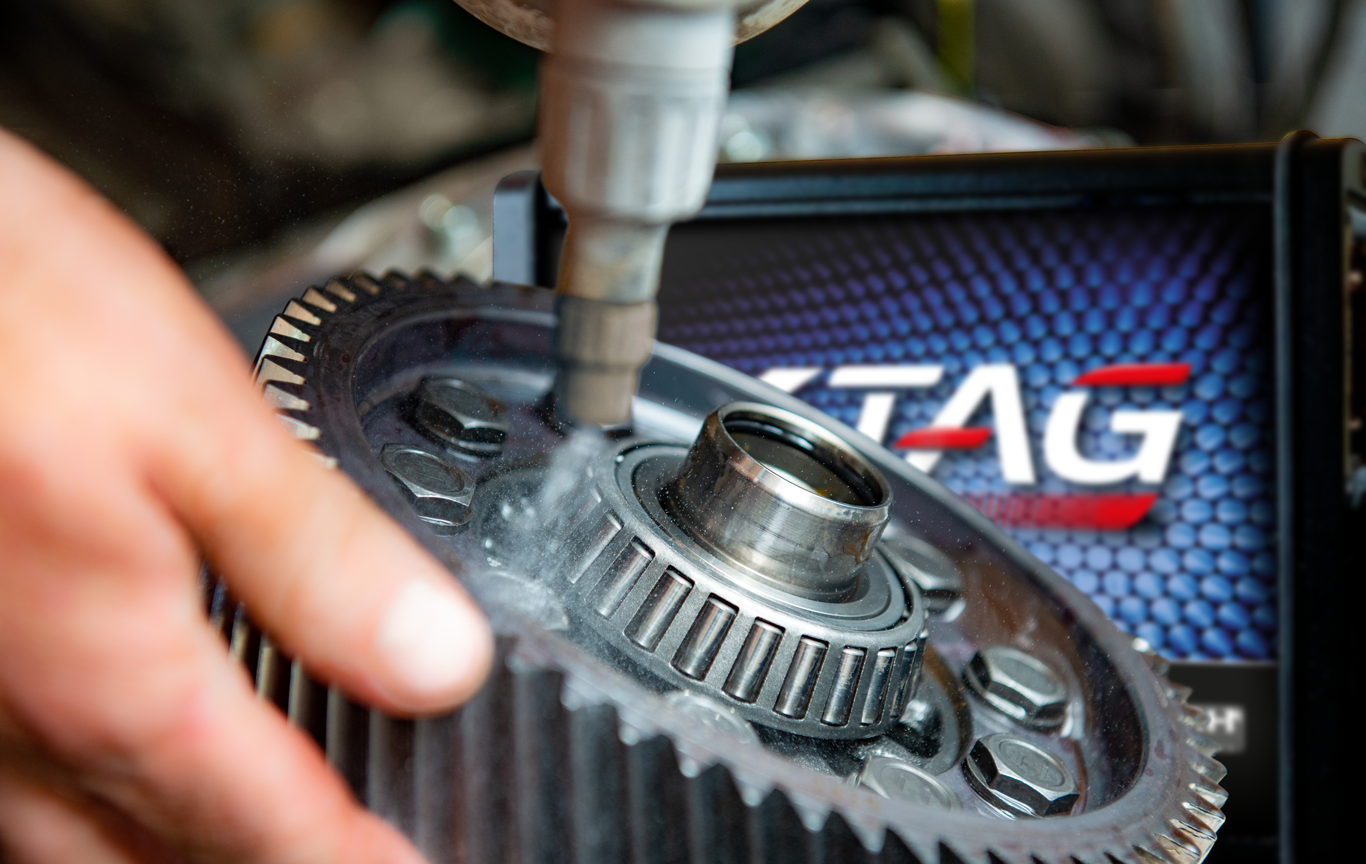
To work in Service Mode on TEMIC DSG DQ500 MQB the new 144300T118 cable shall be used!
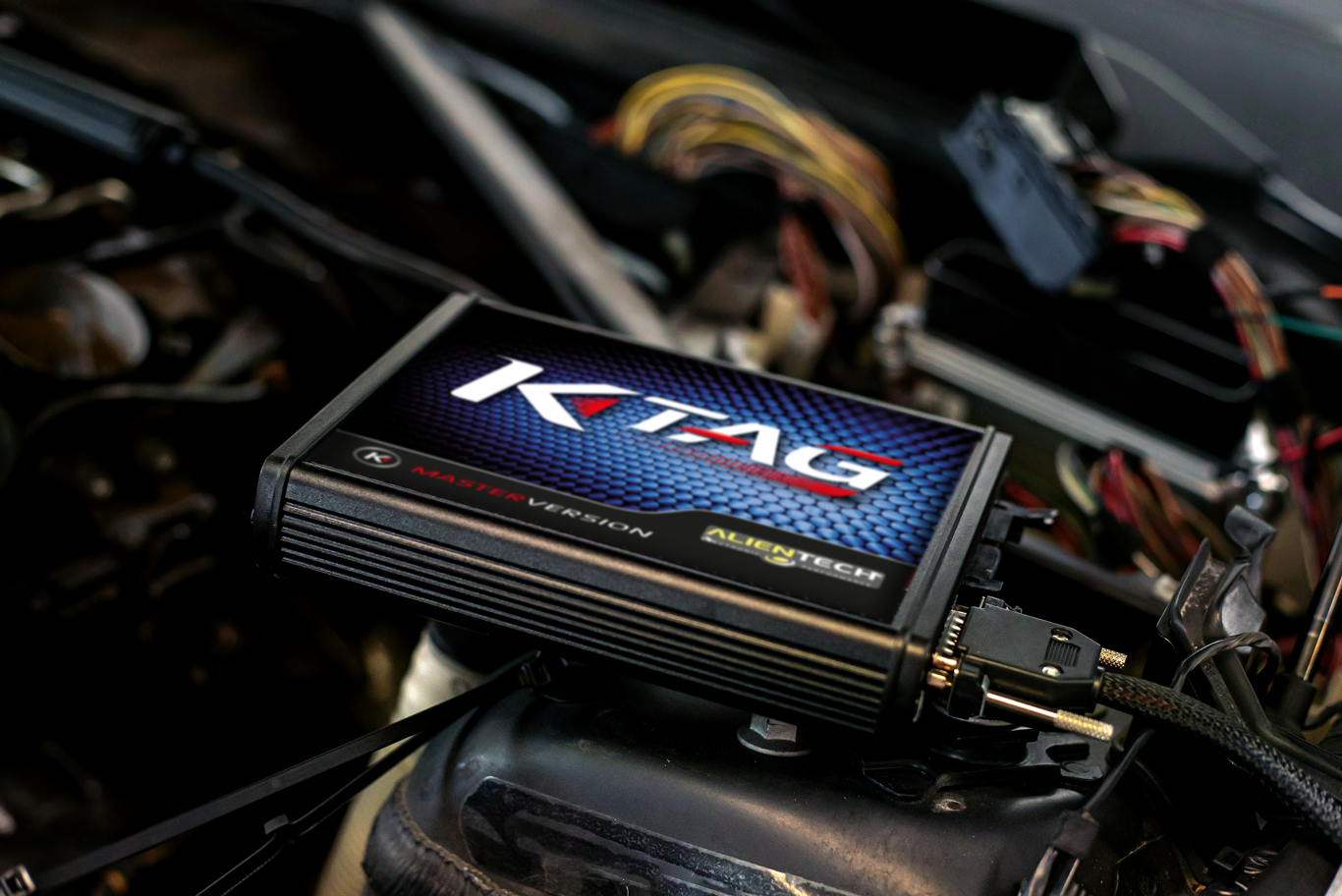
The DSG6 was the first dual-clutch automatic transmission produced by VAG in 2003. It is a revolution that led to a radical change in the driving concept, in addition to opening the way to automatic transmissions production, intended for non-premium vehicles; just think that in 18 years of production have been sold over 26 million of cars equipped with DSG!
The first car to equip this gearbox was the R32 Golf, introducing the “R” logo, that still today wears the most powerful and sporty versions of the Wolfsburg compact car.
The transmission is designed, like all “DQ” gearboxes, for transversal mounted engines and holds a maximum torque of 400Nm, besides this you can use it for both front-wheel and four-wheel drive models.
In this case, the gearbox uses two primary shafts that respectively operate the even and odd gears linked to two wet multidisc clutches. What allows the speed in shifting of this transmission is the fact that while driving the gearbox has both primary shafts with engaged gear, that’s why, to complete the transition from one gear to another, it will only be necessary to move the two clutches to disconnect the shaft with the previous gear and to engage the shaft with the next gear. Obviously, the scaling has the same principle of operation.
The automatic transmission is managed by an ECU that, based on the parameters set in the map, reduces, or increases the torque, depending on whether you up or downshift. Furthermore, the TCM applies the rev matching during downshifting, the “sailing” mode in the last versions and also the “Tiptronic” mode (sequential manual gearbox).
The parameters you can work to improve gearbox performances are torque and rpm limitations, oil pressure of the hydraulic actuators, times and shifting threshold.
Thanks to K-TAG Service Mode new protocols and to ECM Titanium remapping software you are autonomous and independent in every application.
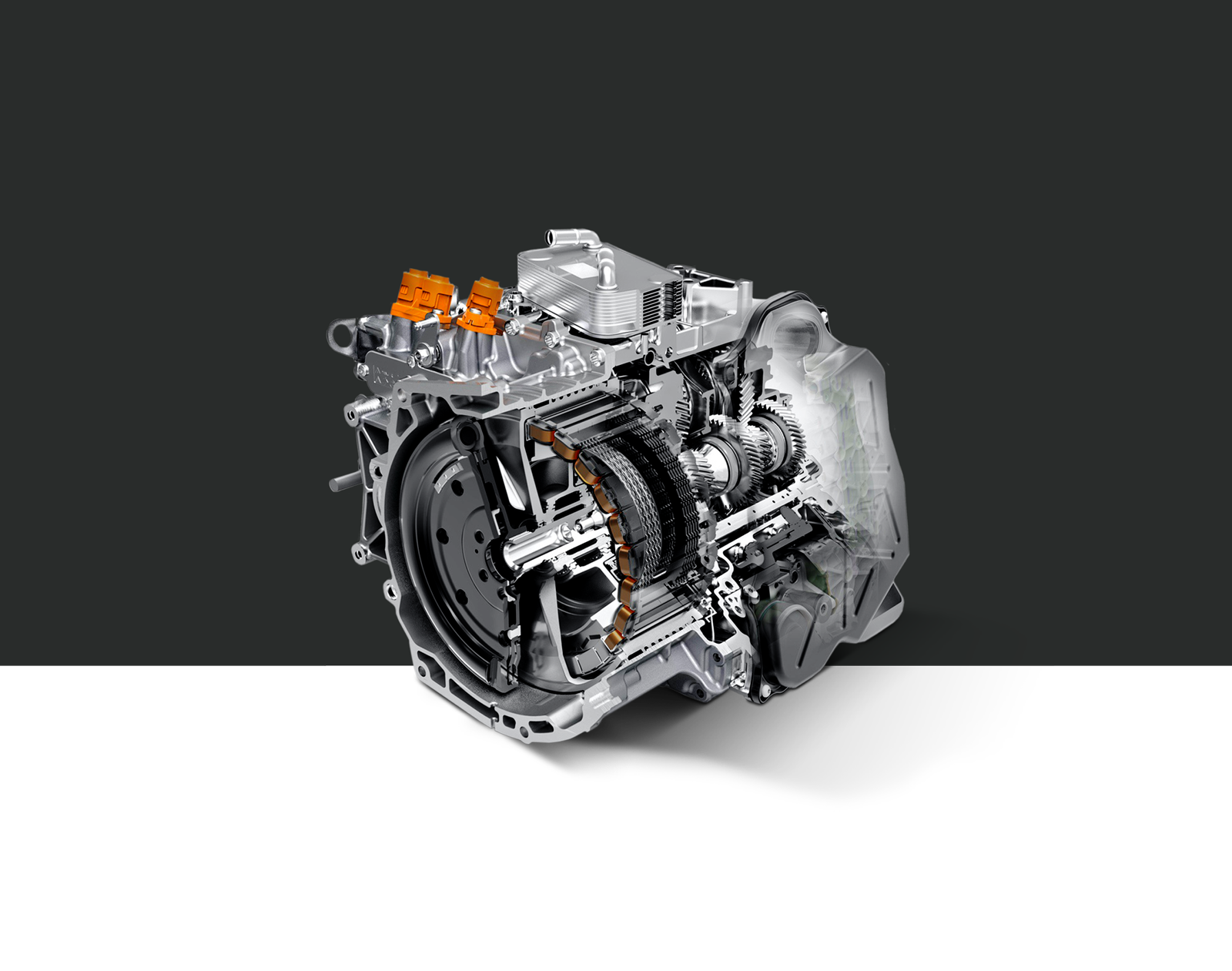
The great experience developed by Volkswagen though the years on automatic transmissions has made them the best for what comes about performance and efficiency.
Born as the DQ200 successor, after only 3 years, VAG produced DQ500, a transmission developed for transverse seven gear motors , mainly associated to AW drive and displaced to handle the torque up to 600Nm.
Differently from its original version, clutches are wet and not dry, both are coupled to primary and secondary shaft managing odd and even gears.
This transmission is usually equipped on VW Transporter, Tiguan or Audi RS3, VW Passat BiTDI or Audi Q3 in all 2.0l versions diesel or petrol.
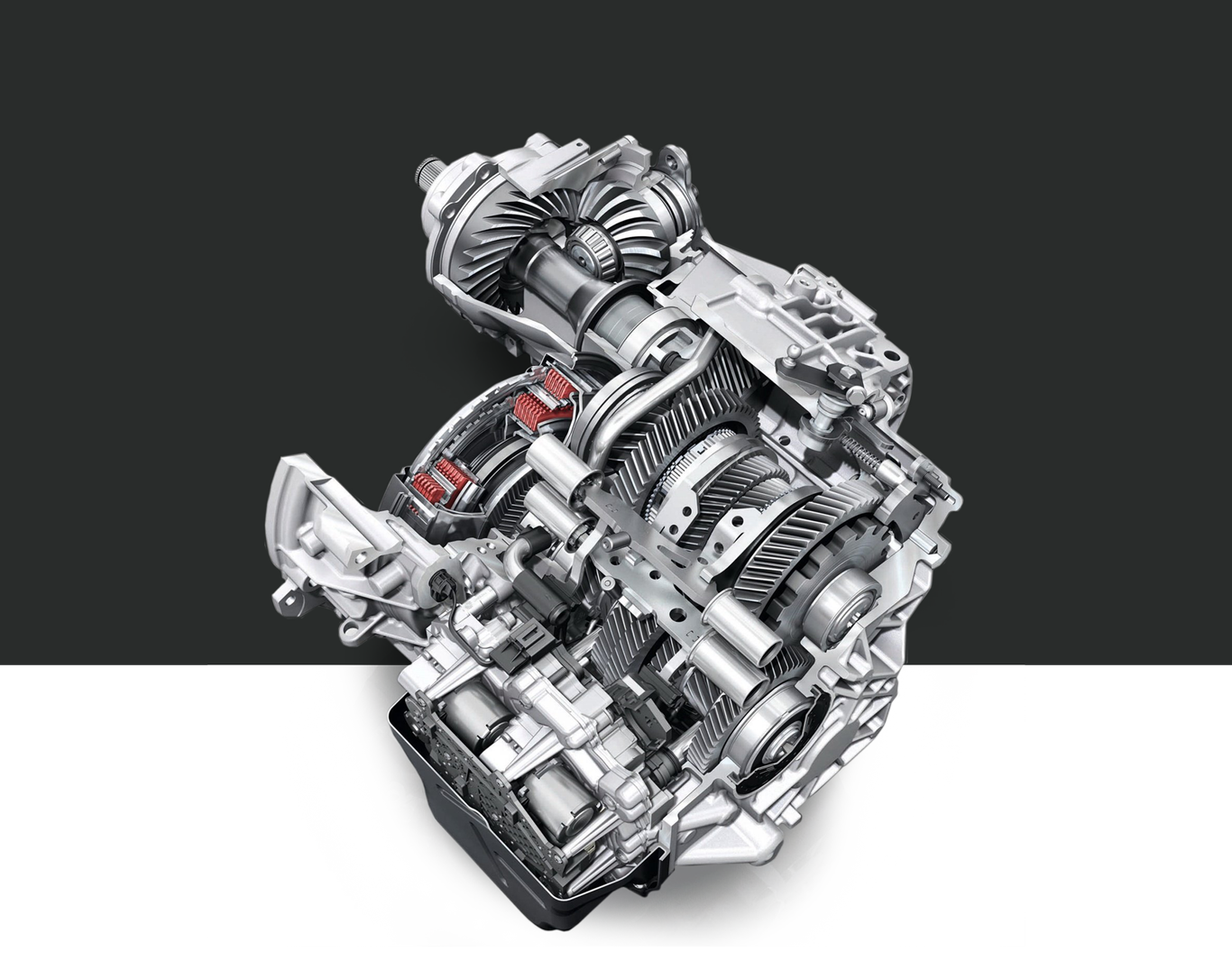
The 7G-DCT is the transmission designed by Mercedes-Benz for small hatchback such as Mercedes Class A W176, Mercedes GLA X156, Mercedes CLA C117 and Mercedes Class B C117. It’s a transmission derived by the need to have a more performing, compact and higher quality gear shift than the old gen robotized gearbox.
As for the DSG, we deal with a 7 gear transmission with two primary coaxial shafts linked to the two clutches that manage odd and even gears.
All is managed by an electronic control that works on the electrohydraulic systems that allow the movements of the activators for the connection and disconnection of the clutch during the gear shift.
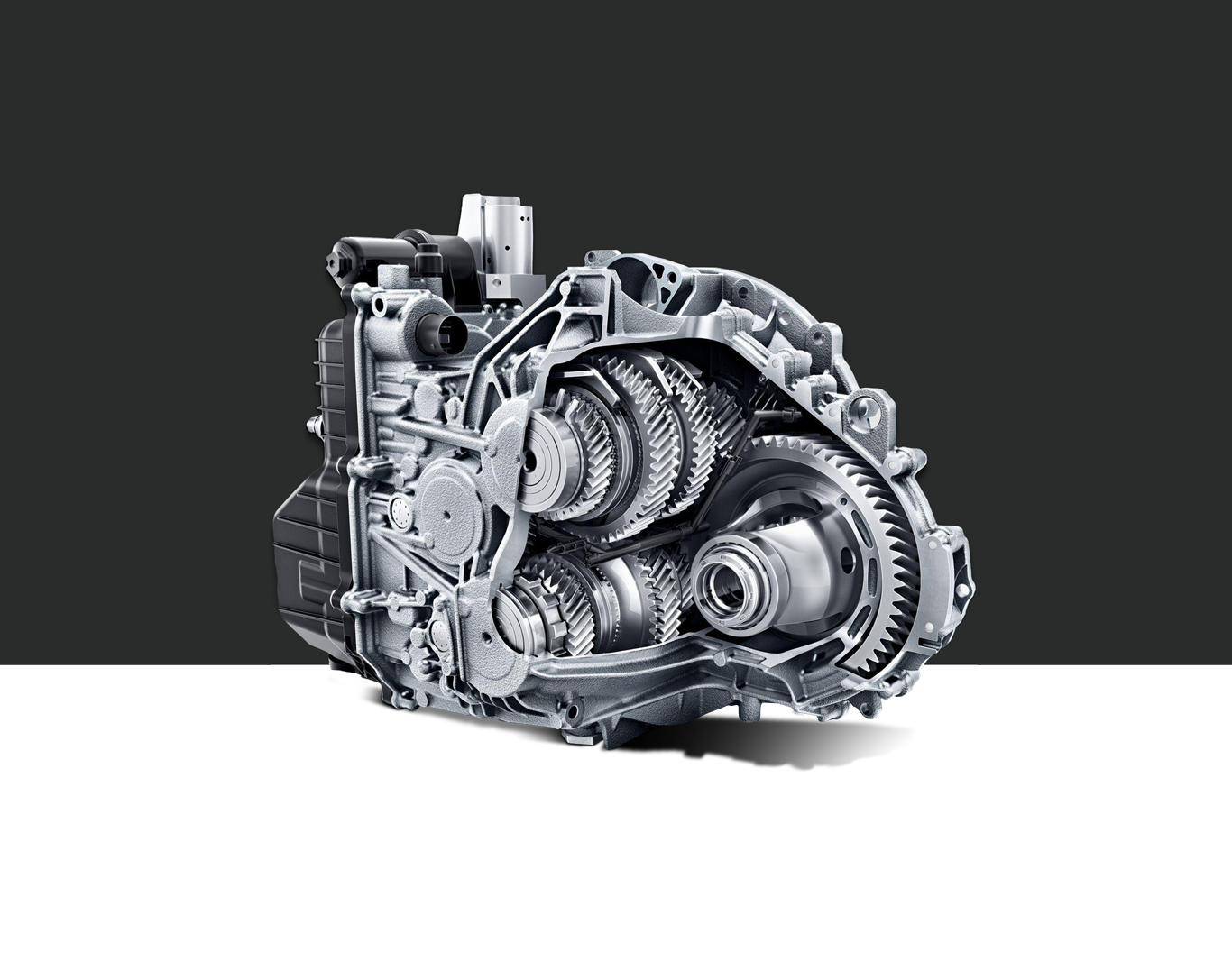

Sport Display Recalibration – ECM Titanium tuning tips
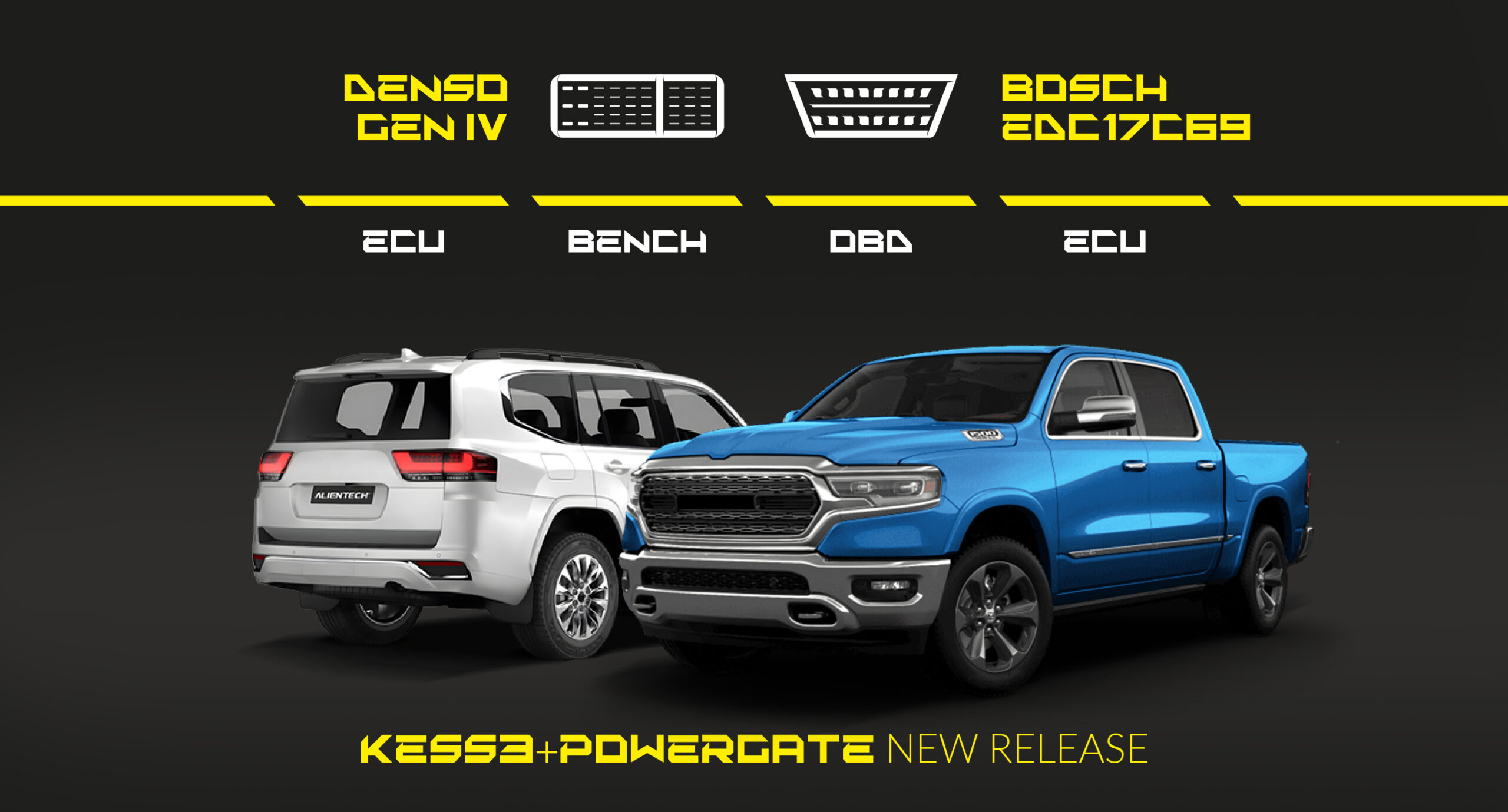
This new major development allows you to work on the Denso GEN IV R7F702002 V35A-FTS ECUs, installed in several off-road Toyota and Lexus models, as well as on 19 other control units, including both ECUs and TCUs.
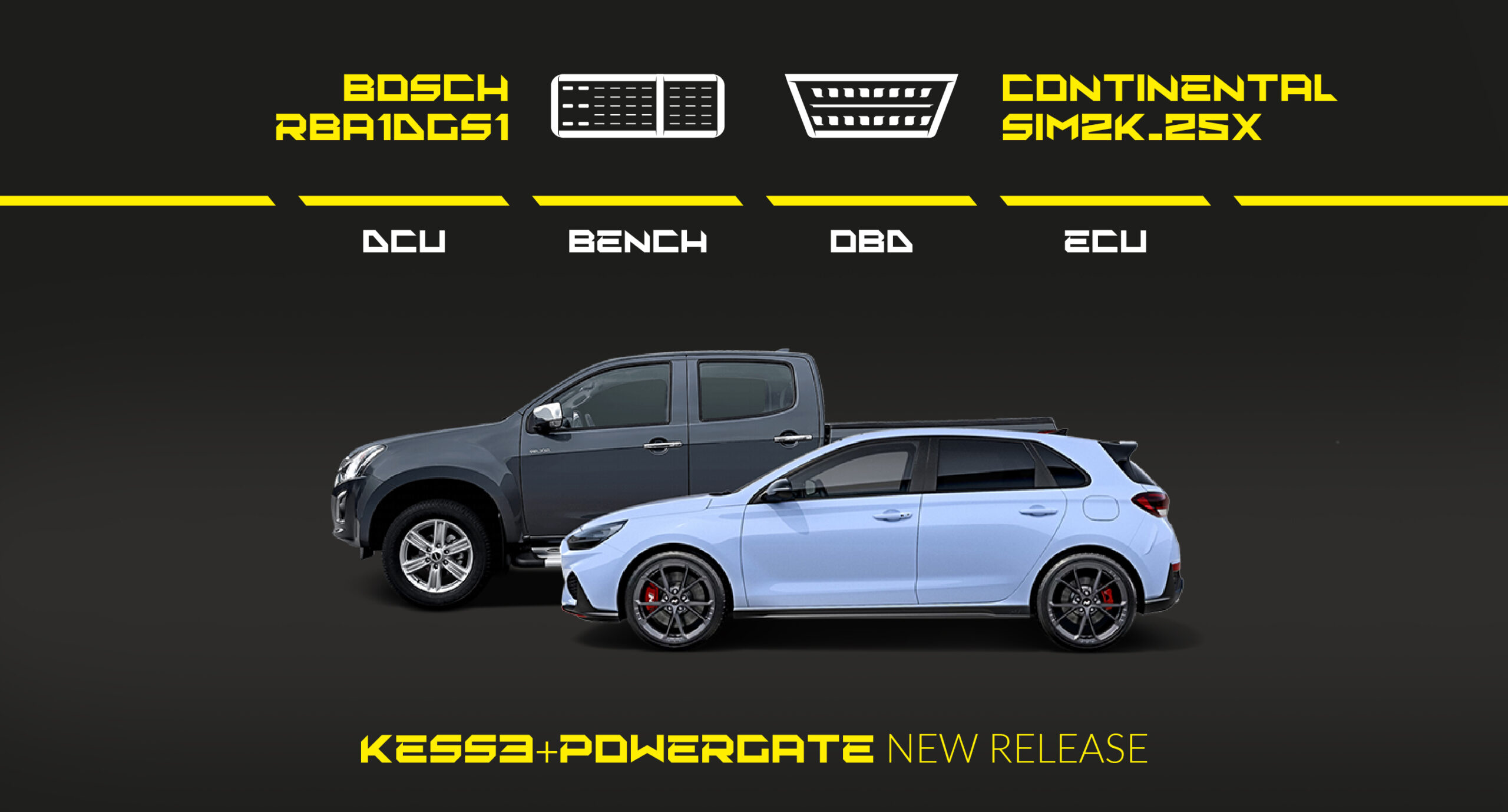
Operate in all connection modes with 18 new protocols dedicated to the automotive world. This is one of the largest releases for KESS3: now expand your workshop’s intervention capabilities.
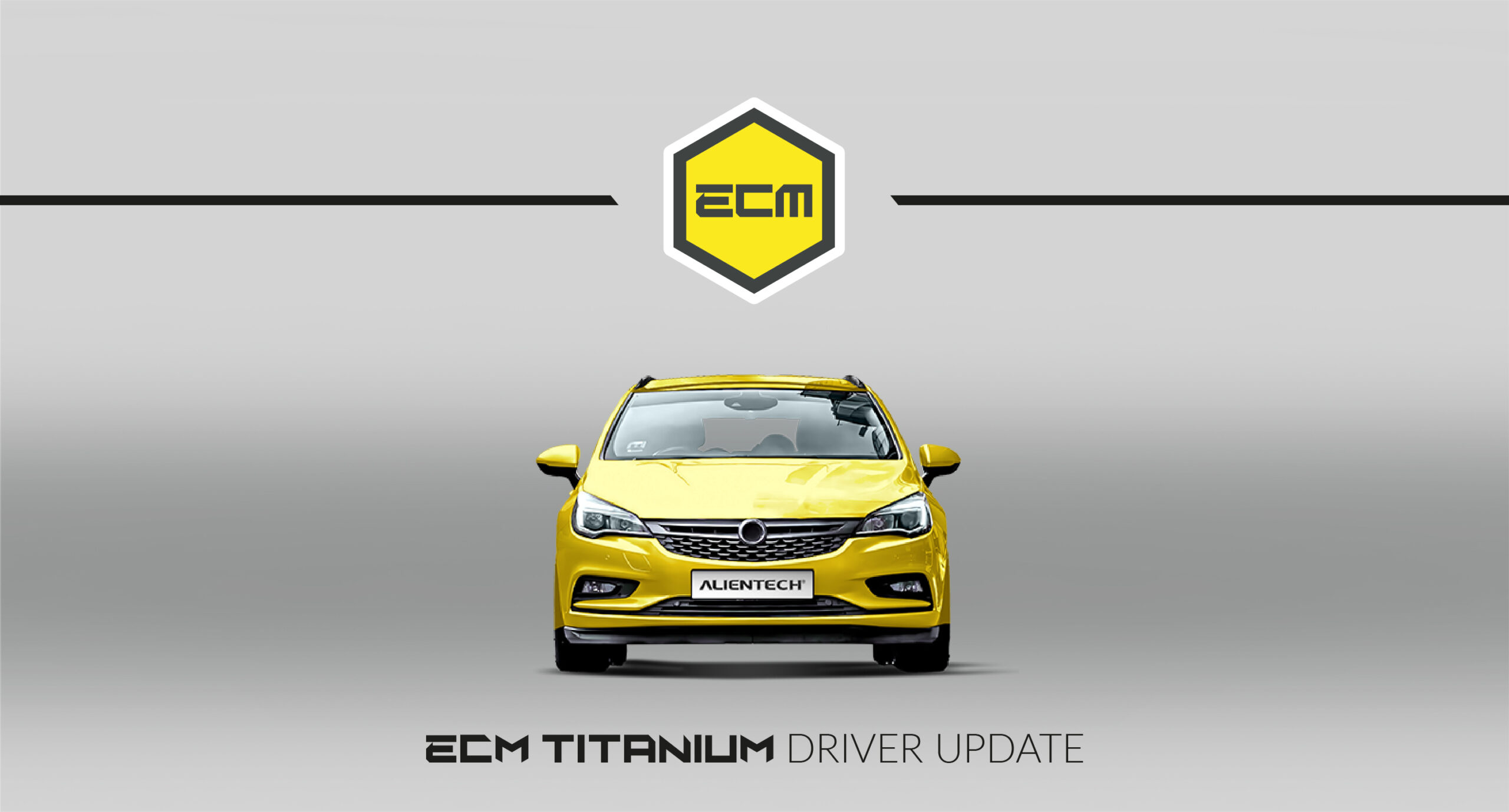
Easily and effectively modify engine parameters for several Chevrolet, Holden, and Opel vehicles.
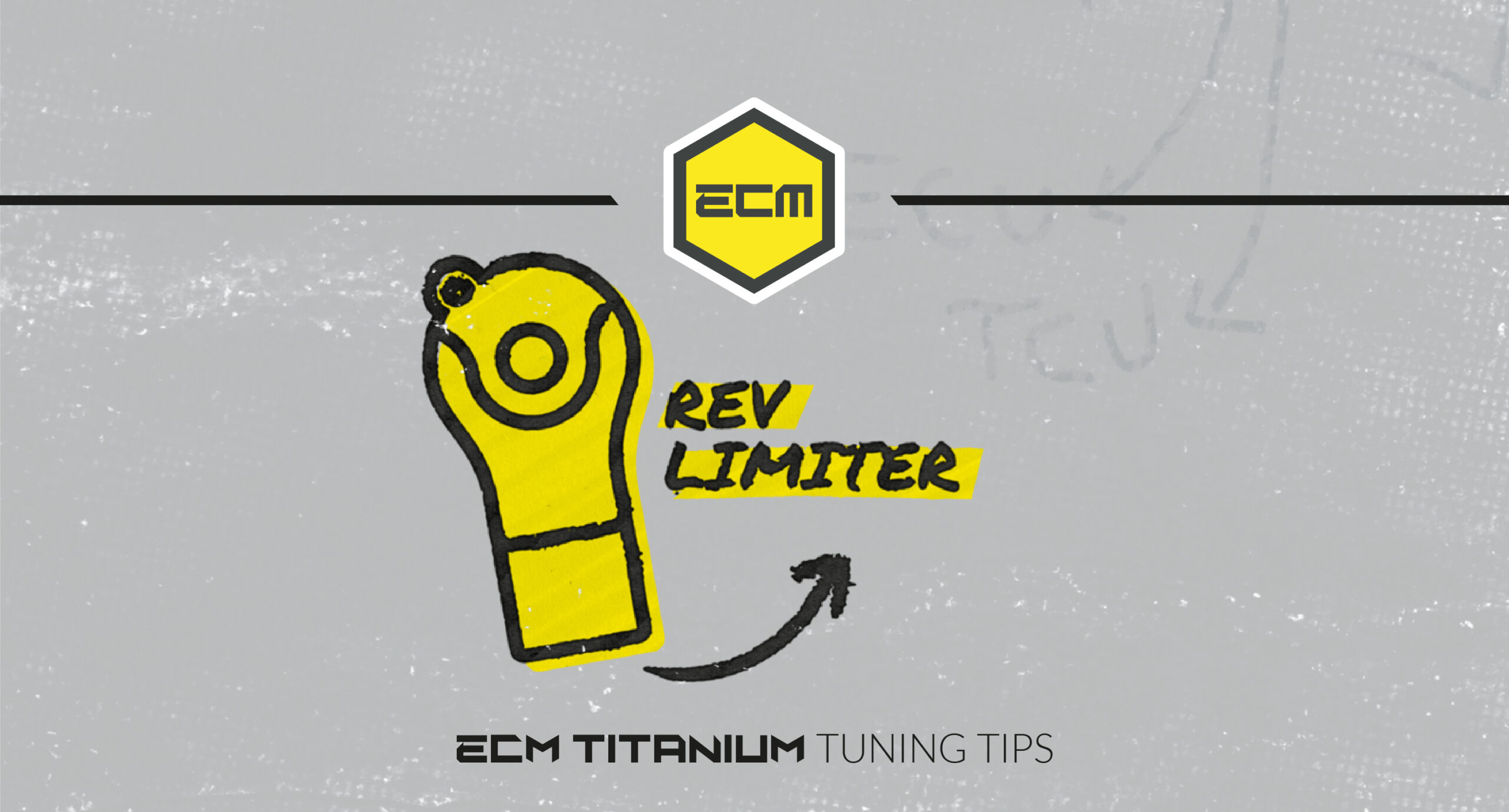
REV limiter – Diesel – ECM Titanium tuning tips